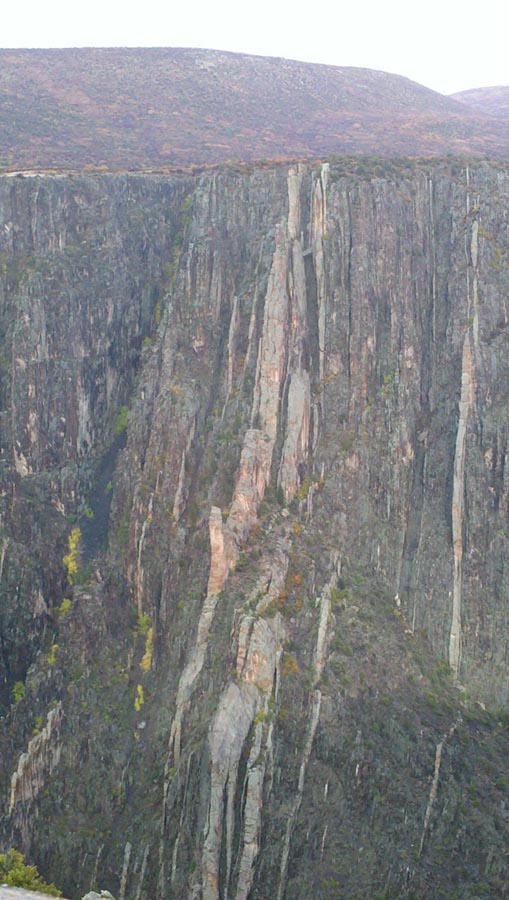Re: here we go. So Lamalee gives back the 43 million. What now?
in response to
by
posted on
Jul 02, 2016 06:14PM

Resource projects cover more than 1,713 km2 in three provinces at various stages, including the following: hematite magnetite iron formations, titaniferous magnetite & hematite, nickel/copper/PGM, chromite, Volcanogenic Massive and gold.

Pegmatite is anintrusive igneous rock. It is formed when magma, the molten rock under the surface of the earth, solidifies while still under the surface. That’s what makes it intrusive. Magma can also flow and harden outside the surface. Lava is an example of an extrusive igneous rock.
There are a variety of circumstances which cause the magma to become solid and hard while still under the surface of the earth. Probably the most common occurs when the magma gets close enough to the cooler surface layers of the crust that it begins to cool. As plates shift and cracks open, the magma pockets are forced upwards under tremendous pressure. As the pockets near the cooler surface, the magma cools and hardens.
Inside the magma are many different chemicals which harden into crystallized minerals. Pegmatite is a form of granite, but in a pegmatite the minerals are large, well-formed crystals.
If we find something from grab samples means that we find minerals from the cracks pushed up from kilometers down Maga. Think about kimbolite pipes (300-400km down) for diamonds. So, what one sees on or near surface is very relevant to what is below. Please see the sample pictures below:

